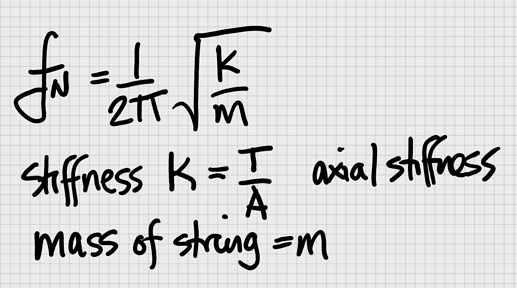Me wanna go home 
Yes.
And there are so many variables, this is why there are a lot of places for adjustment.
Think of the slop in a string peg, it will pull the string to a certain focal point, which was drilled into a hole in the head, and placed by hand or cnc machine, to some degreee of accuracy…
Which then aligns itself when; wound up ( the center pin, and places the string along an axis on a plane to the saddle where, etc…
You see, each point of measurement works upon EXACT numbers in the sciene of it all, which is easy to make on a worksheet in perfect math…
But to hand craft, and and machine build, machines even, you can’t reproduce that mathematical accuracy between points A and B to make sure everything is aligned and dead ass balls nuts accurate to pithing a certain degree of accuracy. perfection is unobtainable, so points of adjustment arcaded. …
You see this imperfections stack up in the differences within each fret, and nut, and saddle placement, height, location, etc…
It is probably scientifically possible to exactly create an instrument, for instance a piano, so it has every single part, in every location to within every tolerance, to place perfectly crafted strings and create in the end…
The same music.
Or
Actually, you can, and you can do so in a Keyboard, where it was all scientifically mapped out and perfectly engineered so they in fact don’t need strings anymore at all.
But then you get digital, perfect in every way, but it doesn’t sound as good.
You introduce a whole new set of variables that have to back calculate fo the perfections that go against humanity. 
To that effect.
If everything lined up perfectly, it would still have some error, and you see this in the set points, AKA bridge saddles, because imperfections stack against each other to create error. and so on and so forth.
When I think of the years in which instruments were invented, and first created, vs the technology and education of today, I am blown away how they ever were able to evolve them to as perfect as they have been for so many years.
And to have all those instruments available in time for for Mozart.
And we said humanity started speeding up, and look at all that they did way the F back then.
Still bringing new found joy and glory to people today. And better for the environment too.
Um…, yeah, on that string, for that string and that string only.
Each string itself has a set of tolerances it is created within. it is more then just a single drawn wire.


